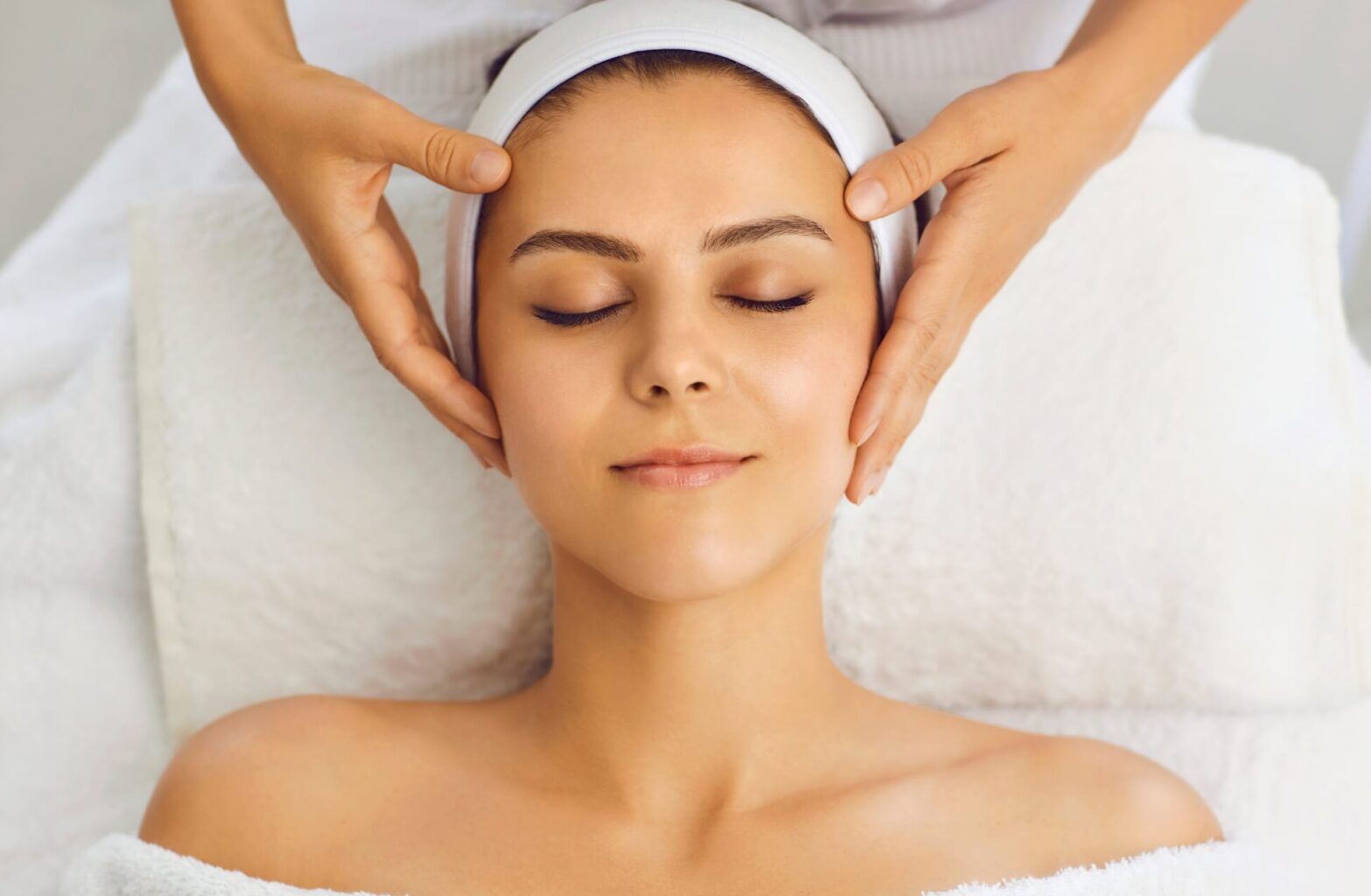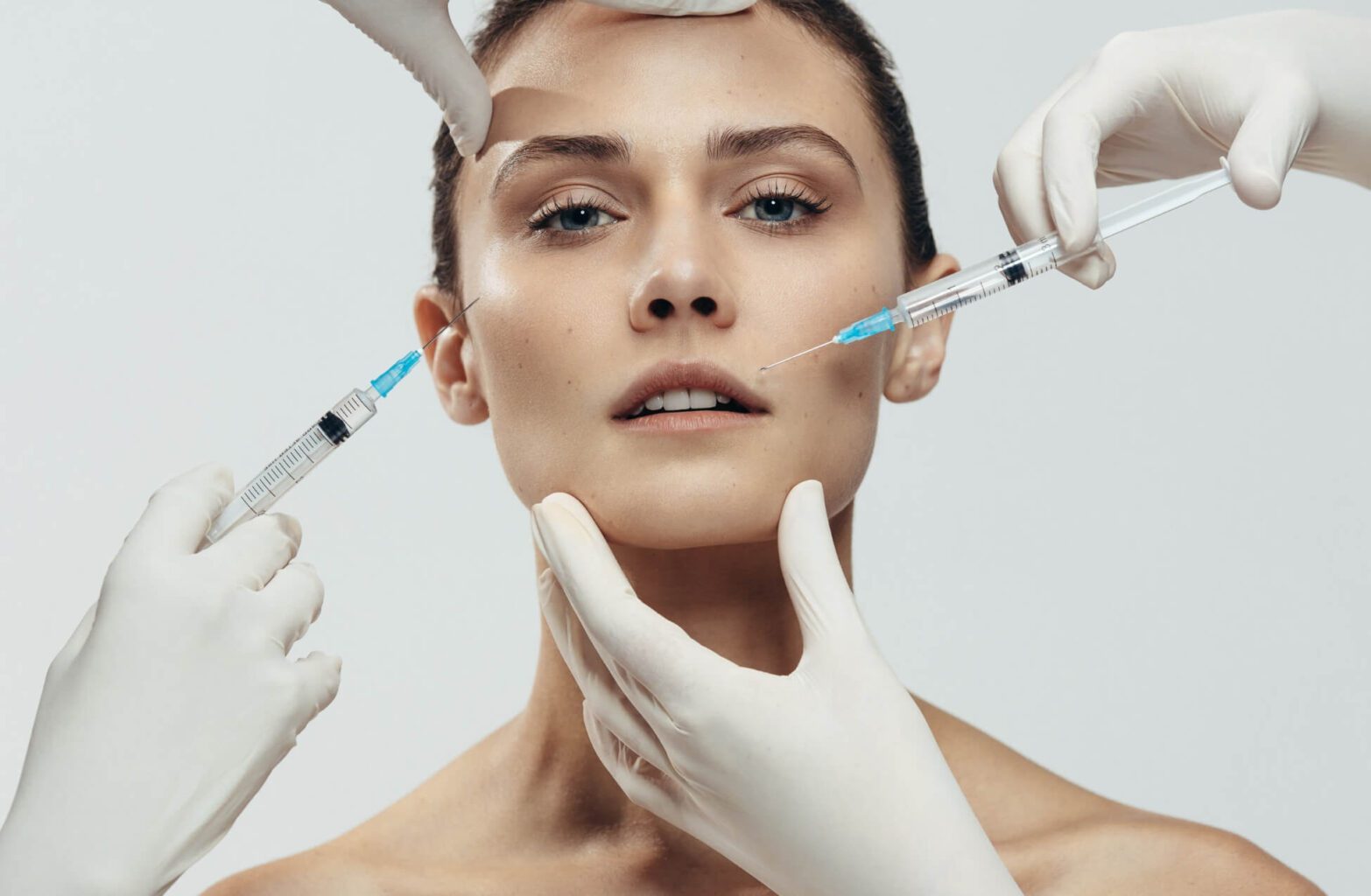Are you considering septorhinoplasty but feeling overwhelmed by the amount of information out there? Look no further – our ultimate guide has got you covered! In this comprehensive guide to nose surgery, we’ll walk you through everything you need to know about septorhinoplasty, from the basics to the advanced details.
Whether you’re curious about the procedure, want to understand the benefits and risks, or are seeking post-surgery care tips, we’ve got it all. With our guide, you’ll gain a deeper understanding of the procedure, its goals, and how it can improve your quality of life. We’ll debunk common myths, address frequently asked questions, and even share success stories from our satisfied patients. So, if you’re looking for septoplasty, rhinoplasty or both and ready to book your septorhinoplasty procedure, we spoke to specialist nose surgeon Dr. Hussein Hashim to find out everything you need to know.
What is septorhinoplasty?
Septorhinoplasty is a surgical procedure that combines the techniques of septoplasty and rhinoplasty. It is performed to correct structural issues within the nose, such as a deviated septum, while also improving its aesthetic appearance. The septum is the thin wall of cartilage that divides the nasal cavity into two nostrils. When the septum is deviated, it can cause breathing difficulties, snoring, and chronic sinus infections. Rhinoplasty, on the other hand, focuses on reshaping the nose to enhance its appearance. By combining these procedures, septorhinoplasty aims to address both functional and cosmetic concerns simultaneously.
During the septorhinoplasty procedure, the surgeon will make incisions either inside the nose or across the columella, which is the strip of tissue separating the nostrils. They will then carefully lift the skin and reshape the underlying bone and cartilage to achieve the desired results. In some cases, additional cartilage may be needed to support the nasal structure. Once the necessary adjustments have been made, the surgeon will suture the incisions, and a splint or cast will be applied to keep the nose stable during the initial healing phase. The procedure is typically performed under general anesthesia, ensuring that the patient is comfortable throughout the surgery.
Septorhinoplasty can be a life-changing procedure for individuals who have been struggling with both functional and aesthetic issues related to their nose. By improving the nasal airway function and enhancing the overall appearance, septorhinoplasty can boost self-confidence and improve the quality of life.
The benefits of septorhinoplasty
Septorhinoplasty offers a range of benefits, both functional and aesthetic, that can significantly improve a person’s well-being. Let’s take a closer look at some of the key advantages of this procedure:
Improved breathing
One of the primary goals of septorhinoplasty is to correct a deviated septum, which can obstruct the airflow through the nostrils. By realigning the septum and improving the nasal passage, septorhinoplasty can greatly enhance breathing and alleviate problems such as snoring and sleep apnea.
Enhanced appearance
Many individuals seek septorhinoplasty to address cosmetic concerns and achieve a more balanced facial profile. Whether it’s reducing a hump on the bridge of the nose, refining the tip, or correcting asymmetry, septorhinoplasty can help patients achieve their desired aesthetic goals.
Increased self-confidence
Nose-related issues can have a significant impact on an individual’s self-esteem. Correcting functional problems and enhancing the appearance of the nose through septorhinoplasty can boost self-confidence and improve overall mental well-being.
Correction of birth defects or trauma-related injuries
Septorhinoplasty can also be used to correct birth defects or injuries that have resulted in nasal deformities. By reconstructing the nose, septorhinoplasty can restore proper function and improve the appearance for individuals affected by these conditions.
Long-lasting results
While the initial recovery period after septorhinoplasty can take several weeks, the results of the procedure are long-lasting. With proper care and maintenance, the improvements achieved through septorhinoplasty can be enjoyed for many years to come.
It’s important to note that the benefits of septorhinoplasty can vary depending on the individual’s unique situation. Consulting with a qualified surgeon is crucial to understand the specific advantages that septorhinoplasty can offer in your case.

Common reasons for considering septorhinoplasty
People consider septorhinoplasty for various reasons, often a combination of functional and aesthetic concerns. Here are some common reasons why individuals choose to undergo this procedure:
Breathing difficulties
A deviated septum can significantly impact a person’s ability to breathe through the nose. Symptoms such as nasal congestion, chronic sinus infections, and snoring are often indicators of a deviated septum. Septorhinoplasty can correct the structural issues causing these problems, improving airflow and overall respiratory function.
Cosmetic concerns
Many individuals are dissatisfied with the appearance of their nose. Whether it’s a bump on the bridge, a crooked shape, or asymmetry, these aesthetic concerns can affect self-confidence and body image. Septorhinoplasty can address these cosmetic issues, creating a more harmonious facial profile and boosting self-esteem.
Trauma-related injuries
Accidents or injuries to the nose can result in nasal deformities, such as a crooked or misshapen nose. Septorhinoplasty can help restore the nose’s appearance and function, allowing individuals to regain their pre-injury appearance.
Congenital abnormalities
Some individuals are born with nasal deformities, such as a cleft lip and palate or a malformed nose. Septorhinoplasty can be used to correct these birth defects, improving both the appearance and function of the nose.
Revision surgery
In some cases, individuals may have previously undergone rhinoplasty but are unhappy with the results. Septorhinoplasty can be performed as a revision surgery to correct any functional or aesthetic issues that may have arisen from the initial procedure.
It’s important to discuss your specific concerns and goals with a qualified surgeon during a consultation to determine if septorhinoplasty is the right choice for you.

The septorhinoplasty procedure explained
Septorhinoplasty is a complex surgical procedure that requires the expertise of a skilled and experienced surgeon. Understanding the steps involved can help you feel more informed and prepared for the process. Here is a breakdown of the septorhinoplasty procedure:
Consultation and examination
The first step in the septorhinoplasty journey is a consultation with a qualified surgeon specialising in nose surgery (we recommend Dr. Hussein Hashim). During this appointment, the surgeon will evaluate the structure and function of your nose, discuss your goals and expectations, and determine if you are a suitable candidate for the procedure. They may also take photographs, measurements, and conduct a thorough medical history review.
Preparation for surgery
Once the decision to proceed with septorhinoplasty has been made, you will be given pre-operative instructions to follow. These may include avoiding certain medications, quitting smoking, and fasting before the surgery to ensure optimal safety and results.
Anesthesia
Septorhinoplasty is typically performed under general anesthesia, which means you will be asleep and comfortable throughout the entire procedure. The anesthesia will be administered by an anesthesiologist, who will closely monitor your vital signs during the surgery.
Incisions
Depending on the specific goals of your septorhinoplasty, the surgeon will make incisions either inside the nose (closed rhinoplasty) or across the columella (open rhinoplasty). The choice of incision technique will be discussed during the consultation and will depend on various factors, including the complexity of the procedure and the surgeon’s preference.
Reshaping the nose
After making the incisions, the surgeon will carefully lift the skin and access the underlying bone and cartilage. They will then reshape and reposition these structures to achieve the desired results. Techniques such as removing excess bone or cartilage, grafting, or suturing may be employed depending on the individual’s needs.
Closing the incisions
Once the necessary adjustments have been made, the surgeon will suture the incisions. If external incisions were made, they may be closed with dissolvable or removable sutures. Nasal packing or splints may also be used to provide support and stability to the nose during the initial healing phase.

Dr Hussein Hashim MDFACS
Dr. Hussein Hashim is arguably one of the best nose surgeons in the world. With more than twenty years of experience in cosmetic and reconstructive surgery and a recognised ‘Fellow of American College of Surgeons’, Dr. Hussein Hashim is internationally renowned with clients flying to him from all over the globe to experience his expertise and natural-looking results.
Recovery and post-operative care
After the surgery, you will be taken to a recovery area where medical professionals will monitor your condition as you wake up from anesthesia. You will typically be allowed to go home the same day, but it’s important to arrange for someone to drive you and stay with you for the first 24 hours. The recovery period for septorhinoplasty can vary, but most individuals can expect swelling, bruising, and discomfort for the first few weeks. Your surgeon will provide specific post-operative care instructions, which may include pain management, wound care, and follow-up appointments.
It’s important to note that every septorhinoplasty procedure is unique, tailored to the individual’s specific needs and goals. Your surgeon will guide you through the process, answer any questions you may have, and ensure you are well-informed and prepared for the surgery.
Recovery and aftercare following septorhinoplasty
The recovery period following septorhinoplasty is a crucial time for proper healing and optimal results. Here are some important tips and guidelines to follow during the recovery and aftercare phase:
Take it easy
Allow yourself ample time to rest and recover following the surgery. Avoid strenuous activities, heavy lifting, and exercise for at least a few weeks. Listen to your body and give yourself the rest you need to heal properly.
Manage pain and discomfort
It’s common to experience some pain, swelling, and bruising after septorhinoplasty. Your surgeon may prescribe pain medication to help manage discomfort during the initial healing phase. Follow their instructions carefully and let them know if you have any concerns.
Follow post-operative care instructions
Your surgeon will provide you with specific post-operative care instructions tailored to your individual needs. This may include how to care for the incisions, when and how to clean your nose, and what medications to take. Follow these instructions closely to ensure proper healing and minimize the risk of complications.
Keep your head elevated
For the first few days after surgery, it’s important to keep your head elevated as much as possible, even while sleeping. This helps reduce swelling and promotes better blood circulation to the nose.
Avoid nasal trauma
To protect your healing nose, it’s essential to avoid any activities that may cause nasal trauma. This includes avoiding contact sports, blowing your nose forcefully, and wearing glasses that rest on the bridge of your nose. Follow your surgeon’s instructions on when it’s safe to resume these activities.
Practice good hygiene
Keeping your nose clean and free from infection is crucial during the recovery period. Gently clean around the incisions, but avoid inserting anything into your nostrils unless instructed by your surgeon. Use saline nasal sprays or rinses as recommended to keep the nasal passages moisturised.
Attend follow-up appointments
Your surgeon will schedule follow-up appointments to monitor your progress and remove any splints or sutures. These appointments are essential for ensuring proper healing and addressing any concerns or questions you may have.
Remember, every individual’s recovery process is unique, and it’s important to be patient with your body as it heals. If you have any concerns or questions during the recovery period, don’t hesitate to reach out to your surgeon for guidance and reassurance.




